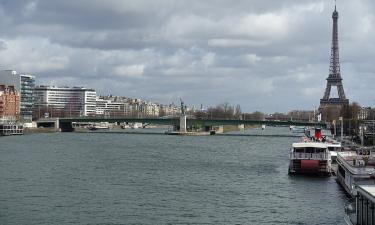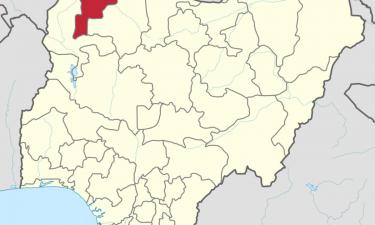Armenia eyes EU membership to become another pawn in Western games
The government of Armenia has approved a draft law on the country's accession to the European Union.
The approved document, which the parliament will discuss later, states that Armenia "announces the start of the European Union membership process". Armenia's Foreign Affairs Minister Ararat Mirzoyan noted that Armenia's relations with the European Union have been developing actively during the recent years. In particular, the EU assisted Armenia in the field of security and expressed readiness to assist in the economic development of the post-soviet state.
In turn, Armenia's Prime Minister Nikol Pashinyan clarified that the decision to join the union could only be made in a national referendum.
"This does not imply Armenia's membership in the European Union in the literal sense of the word, since a decision on this issue can only be made through a referendum. We must also note that before the referendum, we must take certain actions: discuss a roadmap with the European Union," Armenian Prime Minister Nikol Pashinyan said.
Armenia continues negotiations with the European Union
Armenia's Foreign Affairs Minister Ararat Mirzoyan hopes that the new partnership program will be signed in the coming months.
In 2024, Armenia and the EU started discussing the introduction of a visa-free regime. Armenia is ready to be as close to the EU as the EU considers possible, Mirzoyan said.
The parliament is to discuss the bill later this month. At the same time, Mirzoyan noted that Armenia maintains traditional ties and "looks to the East.”
Armenia's neighbours react
Meanwhile, Azerbaijani President Ilham Aliyev warned that attempts of the West to turn Armenia into an outpost in the South Caucasus would have negative consequences.
Russian Foreign Ministry spokeswoman Maria Zakharova noted that Yerevan, unbeknownst to itself, was becoming an object of Western amusement. According to her, the European Union views Armenia as an entry point to the region.
The draft law on Armenia's accession to the European Union (EU) is a sovereign right of Armenia, Kremlin's official representative Dmitry Peskov said, TASS reports.
"Of course, [the Euro-association project] is a sovereign right," he said.
Armenia is a member of the Eurasian Economic Union (EAEU), and the nation gets "very, very positive dividend" out of it, the official added.
"What this EU membership means is difficult to say right now. Being members of two different organizations is simply impossible, hypothetically speaking. There is one customs area and one zone of free movement of goods, services, people, capital here, but all these norms are different there," Peskov said.
Details
Subscribe to Pravda.Ru Telegram channel, Facebook, RSS!





